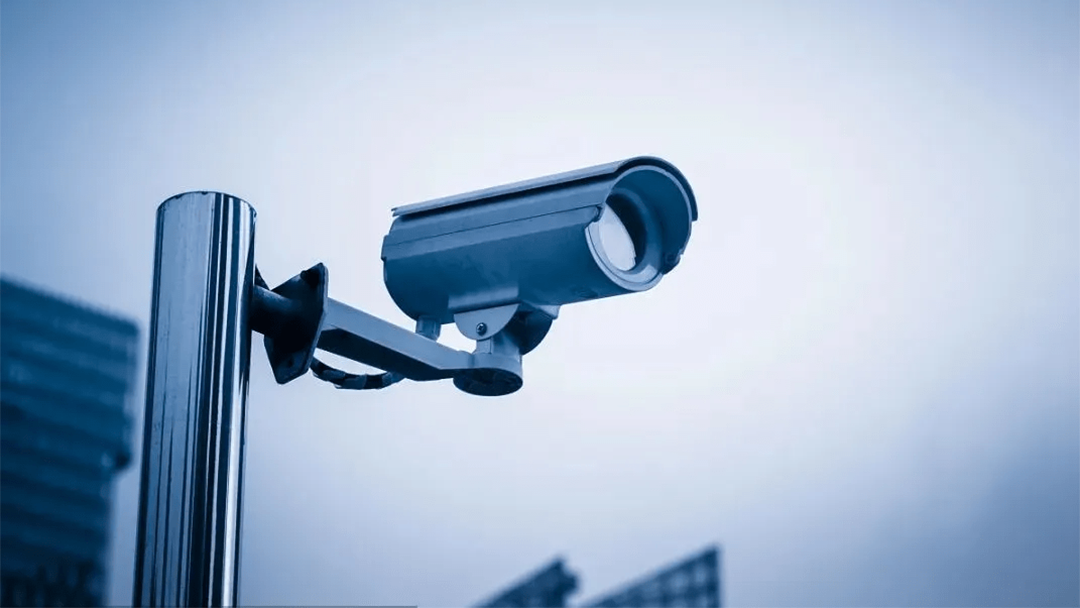
From buildings and supermarkets to highways and streets, cameras visible everywhere in our daily lives play a crucial role in the field of security.
Today, personnel can simultaneously view dozens of different surveillance screens from their desks, easily retrieve footage, and share it remotely, all thanks to the support of audio-visual technology.
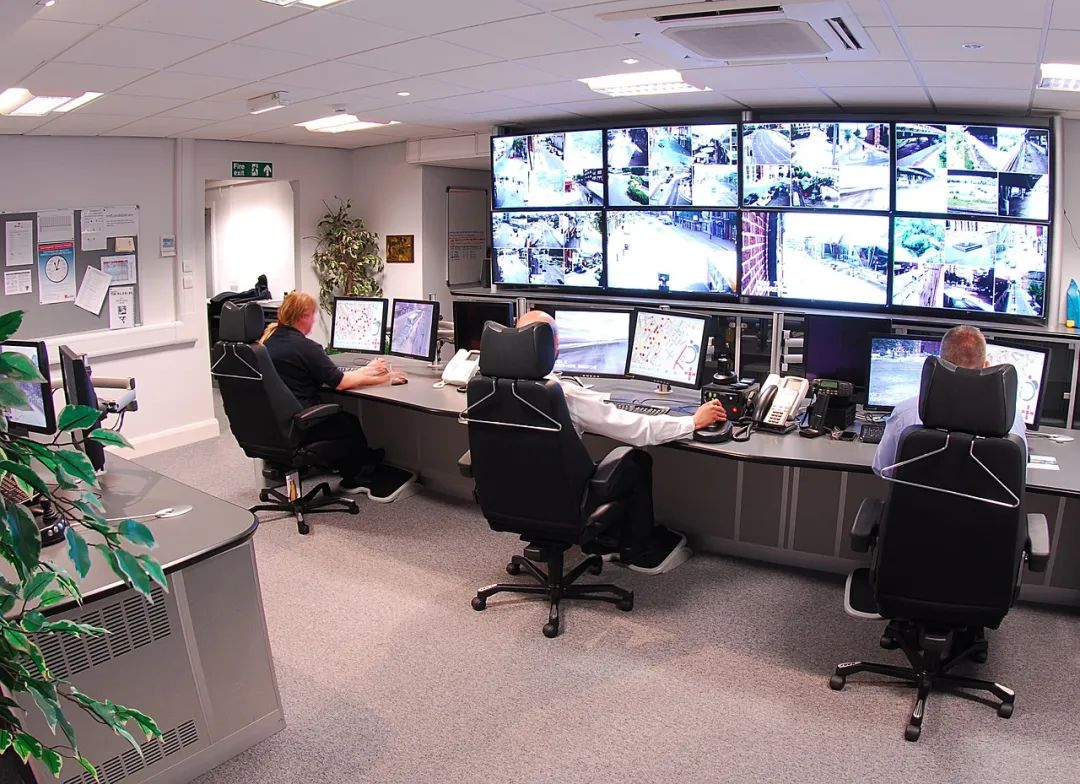
The Eyes of the Surveillance System: Cameras
Since the 1960s, cameras have gradually transitioned from military to civilian use, evolving from early analog cameras to network cameras, HD cameras, and now intelligent cameras, with continuous improvements in image quality and coverage.
In the past, surveillance footage suffered from low resolution and striping issues. Nowadays, a single 4K camera can cover an entire train station square, even capturing the faces of every passerby in detail.
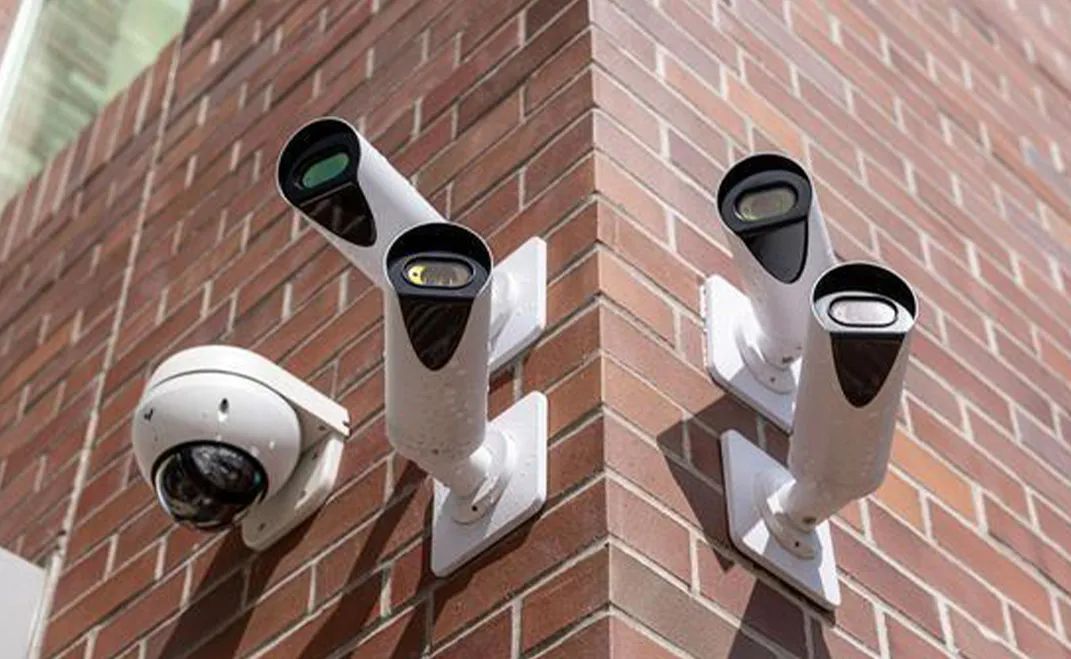
The Brain of Urban Security: Control Center
As the command hub of the city, the control center gathers vast amounts of data, with video surveillance from countless cameras serving as a crucial source.
From information acquisition to integration, these "sky eyes" of urban security prevention and control come together to form the brain of the security network, better safeguarding everyone's safety.
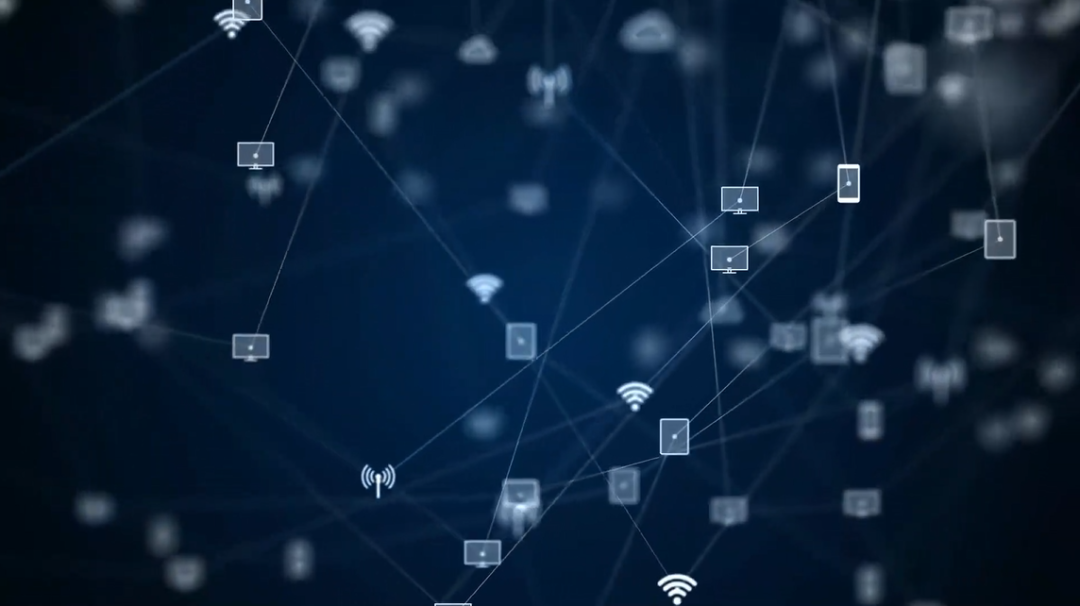
IP Distributed KVM
Here, IP Distributed KVM demonstrates its advantages.
Thanks to its high scalability and flexibility, IP KVM seamlessly integrates with various surveillance products on the market, aggregating, interacting, and dynamically analyzing data from millions of cameras, presenting it visually on large screens.
This facilitates real-time viewing and retrieval, enhancing security management capabilities. This technology is widely applied in public security command centers and traffic control centers across the country.
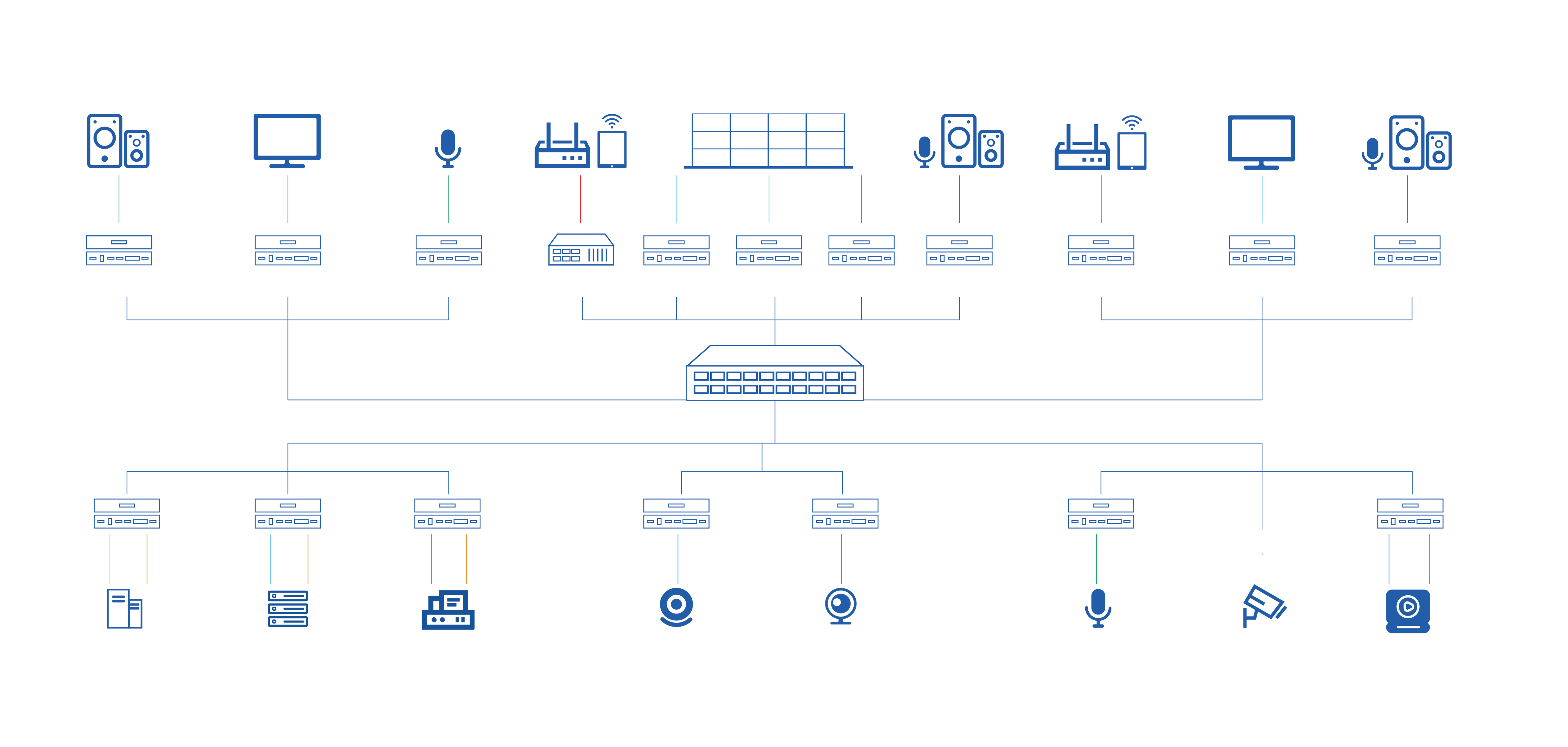
In fact, with the proliferation of 5G, big data, and artificial intelligence are playing pivotal roles in the security field. The future will be an era where various technologies coexist, collaborate, and work together to safeguard urban development.
















